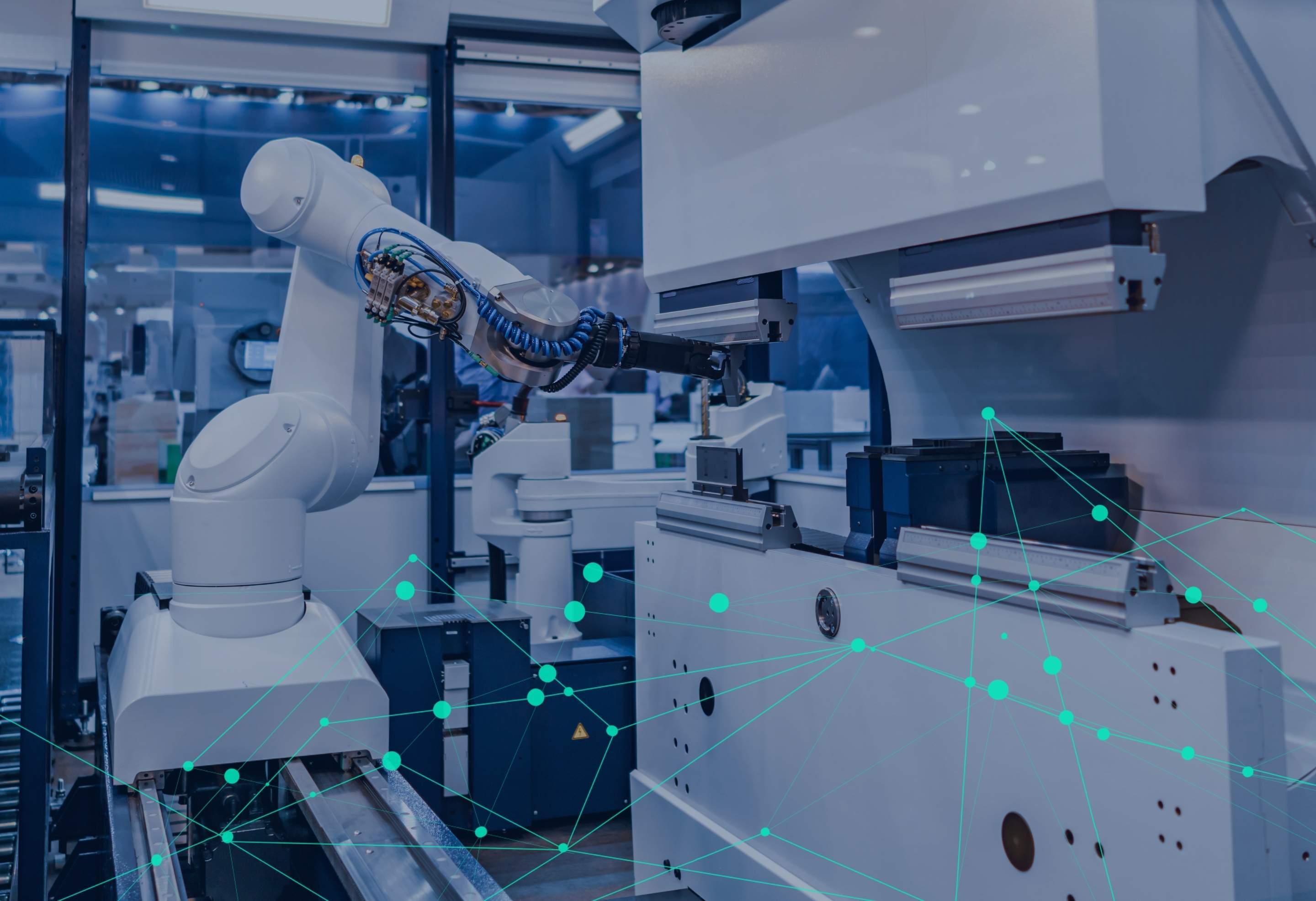
Maintenance-Centric Design
We prioritise system longevity and reliability through maintenance-centric designs. Our approach integrates advanced tools such as Siemens Organizational Blocks (OBs), output cycle counting, real-time network monitoring, and comprehensive data logging to minimize downtime and optimize maintenance efforts.


Maintenance-Centric Design
Ensuring Proactive System Management and Longevity
In industrial automation, minimizing downtime and ensuring consistent performance is paramount. A maintenance-centric design focuses on anticipating potential issues and providing tools for quick resolution, enhancing both system reliability and operational efficiency. Here, we will explore the key elements of a maintenance-centric design and how they contribute to effective system management.
Troubleshooting with Organizational Blocks (OB)
Organizational Blocks (OBs) in Siemens PLC programming provide an essential structure for managing system tasks, error handling, and diagnostics. With OB troubleshooting, the system can automatically detect faults and report them for swift resolution. The use of OBs allows for efficient error handling and minimizes the time needed for troubleshooting.
- Faster detection and isolation of system issues, reducing downtime.
- Detailed diagnostics and error reports for efficient troubleshooting.
- Clear separation of standard operations and fault management for easier maintenance.
- Allows for automatic system recovery and graceful failure handling, ensuring smooth operation.
Preventive Maintenance through Output Cycle Counting
Preventive maintenance is an integral part of maximizing equipment lifespan and reducing unplanned downtime. By employing output cycle counting, you can track the number of cycles or operations performed by system components such as motors, drives or actuators. This information helps predict the remaining life of critical components and trigger maintenance activities before failures occur.
- Early identification of components nearing the end of their service life, allowing for preventive maintenance.
- Reduced risk of unexpected breakdowns and costly repairs.
- Optimised maintenance schedules, avoiding unnecessary downtime or excessive maintenance efforts.
- Increased reliability of machinery and components, ensuring consistent performance over time.
Real-Time Network Monitoring
Continuous real-time monitoring of your network infrastructure is crucial for identifying potential problems before they impact operations. Profinet and other communication networks require constant oversight to ensure that all devices are functioning correctly and that there is no network congestion or interference that could lead to delays.
- Early detection of communication disruptions or performance issues in the network.
- Minimization of downtime by addressing network issues proactively.
- Better understanding of network performance trends for data-driven maintenance decisions.
- Real-time visibility into device status and health, allowing for prompt corrective action.
Data Logging for Analysis and Maintenance Planning
Comprehensive data logging is a fundamental practice in modern industrial systems. By capturing critical system data such as performance metrics, error logs, and maintenance history, you can gain invaluable insights into system health and performance. This data can be analyzed to spot recurring issues, optimize performance, and forecast maintenance needs.
- Detailed logs for historical analysis, helping to identify trends, recurring failures, and root causes.
- Improved decision-making based on data-driven insights into system health.
- Easier compliance with regulatory and safety standards, as data logging ensures proper documentation of system conditions.
- Enhanced long-term planning for upgrades, expansions, and component replacements based on historical performance data.
Advantages of a Maintenance-Centric Design
A maintenance-centric design offers a host of benefits that can have a direct impact on the performance and reliability of your automation system:
- Reduced Downtime: By utilizing OB troubleshooting, preventive maintenance techniques, and real-time network monitoring, you can reduce system downtime by addressing issues before they escalate.
- Extended Equipment Lifespan: Proactive maintenance, driven by output cycle counting and data analysis, helps extend the lifespan of your machinery and components, ensuring that they operate efficiently for longer periods.
- Improved Cost Efficiency: Preventive maintenance reduces the need for expensive repairs or replacements due to unexpected breakdowns. With real-time monitoring and data logging, you can avoid costly downtime and unscheduled maintenance.
- Increased System Reliability: Continuous monitoring and quick fault resolution lead to a more reliable system with fewer unexpected disruptions, which translates to smoother operations and higher productivity.
- Optimised Maintenance Scheduling: With accurate data on component wear and tear, maintenance can be scheduled more effectively, ensuring that it occurs at the right time without unnecessary disruption to the production process.
- Data-Driven Decision-Making: The detailed logs and data collected through network monitoring and performance tracking empower decision-makers to plan for upgrades, component replacements, and improvements based on solid evidence, not just intuition.
In conclusion, a maintenance-centric design enhances system performance by providing tools for proactive issue resolution, continuous monitoring, and data analysis. These features are vital for ensuring the longevity and reliability of your automation systems, helping your operations run smoothly and efficiently.

